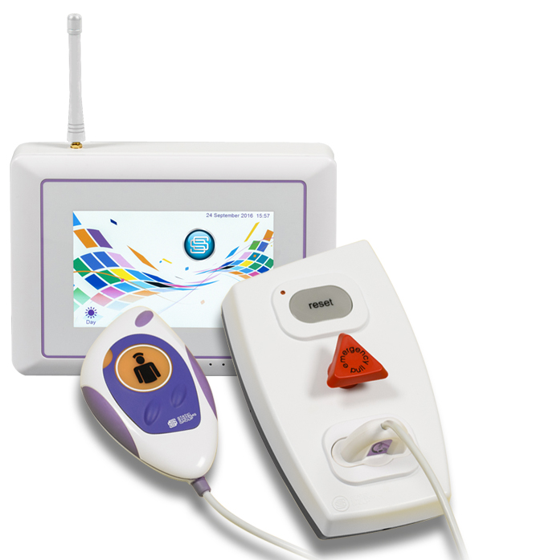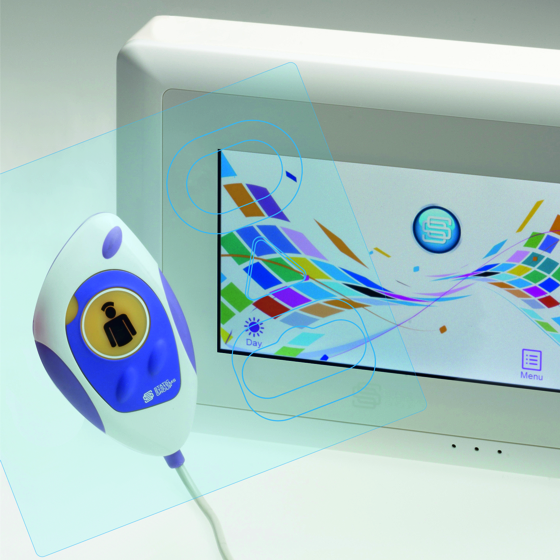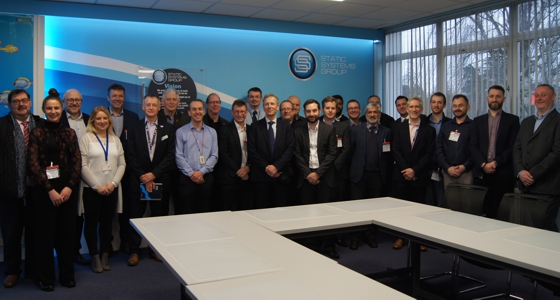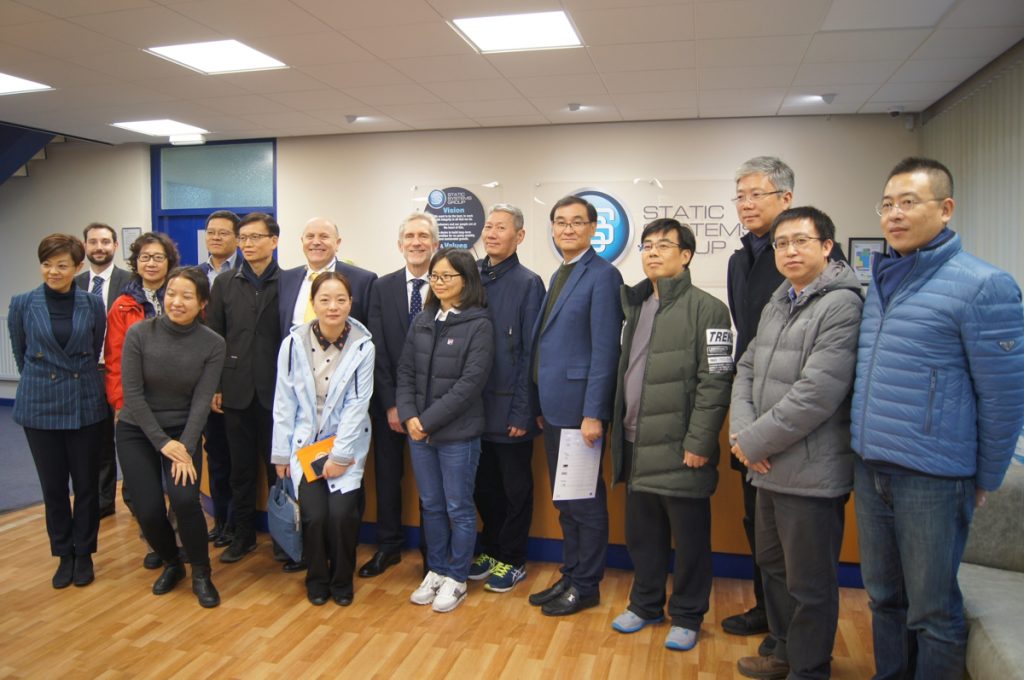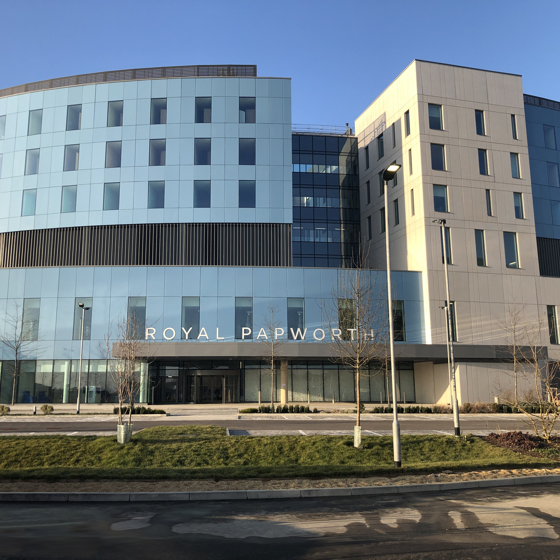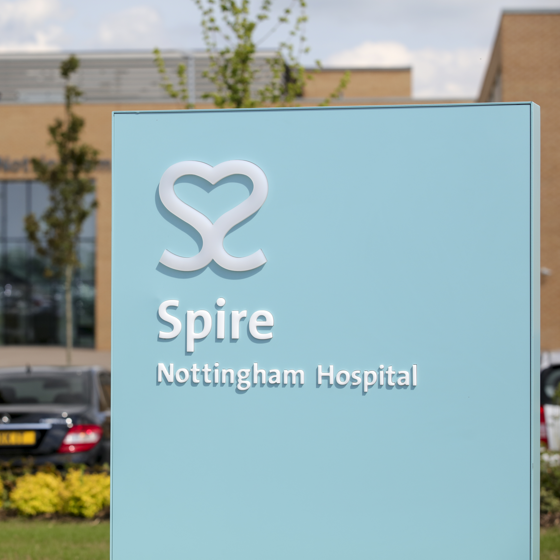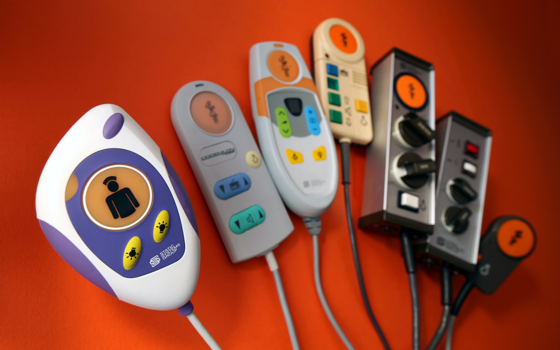
SSG has made available a range of replacement patient hand units that contain an antimicrobial agent, and which are compatible with the company’s legacy nurse call systems.
“Recognising that many trusts are reinstating mothballed wards due to the Covid-19 pandemic, and others are continuing to use nurse call systems with hand units supplied some time ago and which are not particularly easy to keep clean, we have introduced direct replacement patient hand units for our conventionally-wired, multiplexed, Codem2 and older Codemlon nurse call systems,” comments SSG’s Commercial Director, Chris Turner.
As with the company’s current hand unit product ranges, the replacement units contain the Biomaster silver-based antimicrobial agent which is incorporated during the manufacturing process to help further strengthen the infection control measures already instigated by each hospital. Importantly, the active agent will not degrade over time.
Units are also sealed to IPX7 and can be immersed in a disinfectant solution or cleaned with a sterilising wipe to eliminate bio-hazards and reduce cross-infection risks between users.
Lesley Taylor, Regulatory Affairs Manager for Addmaster, adds: “Biomaster has yet to be tested against Covid-19 on this type of application and currently there is no method available by which it could be tested. However, the microbiology suggests that if Biomaster is effective against Norovirus on porous surfaces, then the active agent is also likely to have an effect on the lipid coating and the essential components required for Covid-19 to function and invade the host.” Read the full report here.
Replacement hand units operate ‘intelligently’ in line with individual nurse call functionality and changeover is simply a matter of replacing old for new.
Added benefits of switching to SSG’s latest units include an extended 5-year warranty provided as standard, and ease of patient use. The products were originally designed with ‘inclusive design’ in mind and were developed in consultation with the RNIB.
A quantity discount is available on replacement legacy hand units for purchases made through SSG’s Spares Department. Contact: 01902 891 633 or e-mail: [email protected].
For further information, please download our patient hand unit and equipment care datasheet.

